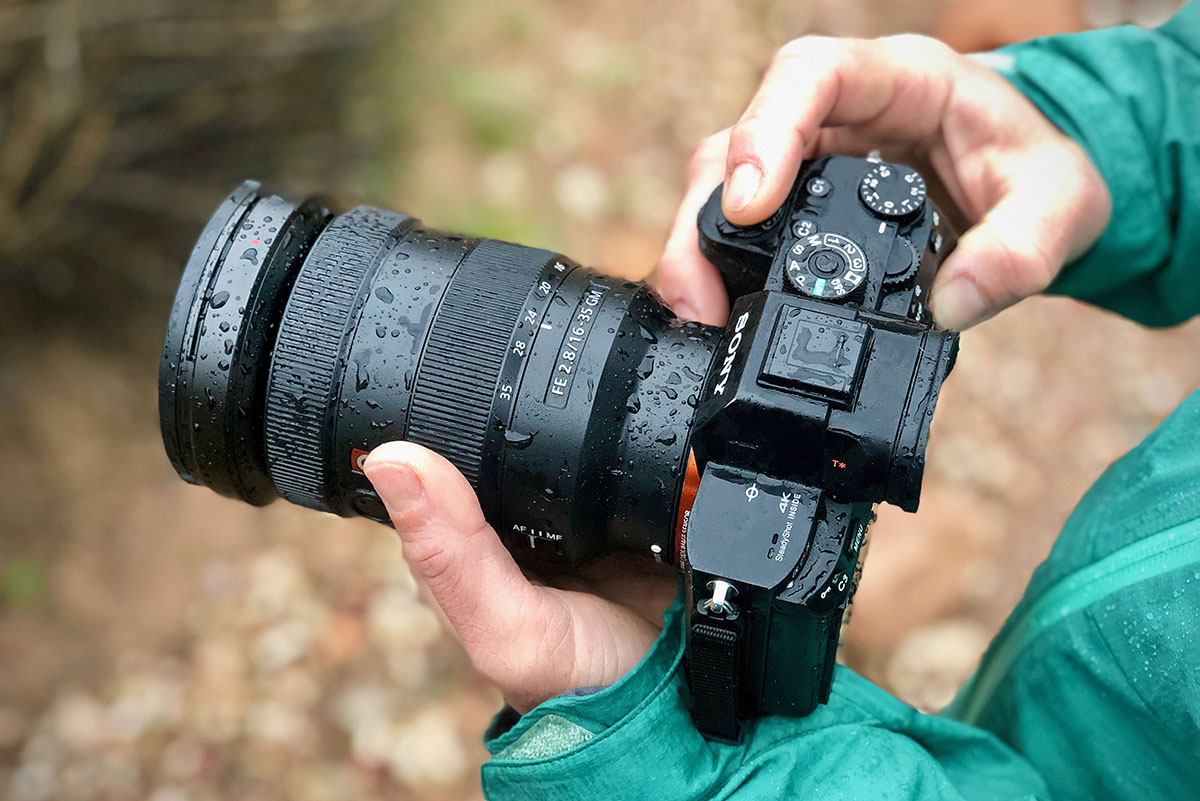Mastering the Sony Alpha A6000: A Guide for Professional Photographers

Introduction
The Sony Alpha A6000 is a highly versatile mirrorless digital camera that has become a popular choice among professional photographers. Known for its quick autofocus, compact design, and high-quality image production, the A6000 is a tool that can elevate your photography to the next level. This article will guide you through how to effectively use the Sony Alpha A6000 mirrorless digital camera, from basic setup to advanced shooting techniques.

Initial Setup
Unboxing and Charging the Battery
Once you unbox your Sony Alpha A6000, the first step is to charge the battery fully. This ensures that you can explore all its features without interruptions. The battery compartment is located at the bottom of the camera. Use the supplied charger and allow the battery to reach full charge.
Attaching the Lens
The Sony Alpha A6000 is a mirrorless interchangeable lens camera. To attach a lens, remove the body cap and the rear lens cap. Align the white dots on both the camera and the lens, then turn the lens clockwise until it clicks into place.
Setting Up the Camera
Once the lens is attached, turn on the camera using the power switch located near the shutter button. The first time you power on the camera, you will be prompted to set the language, date, and time. These settings can be adjusted in the menu system later if needed. For more specifics on mirrorless cameras, you can read our guide on what is meant by mirrorless camera .

Understanding the Controls
Mode Dial
The mode dial is situated on the top of the camera and allows you to select different shooting modes. Professionals often use the manual (M) mode for full control over shutter speed and aperture. There are also options for Aperture Priority (A), Shutter Priority (S), and various scene modes.
Function (Fn) Button
The Fn button provides quick access to a customizable menu of frequently used settings. By pressing the Fn button, you can adjust parameters like ISO, white balance, and focus mode without diving into the main menu.
Custom Buttons
The A6000 features several customizable buttons (C1, C2, etc.) that can be programmed to control specific functions. This customization allows you to tailor the camera to your preferred shooting style and workflow.

Shooting Techniques
Autofocus Modes
The A6000 boasts an advanced autofocus system with 179 phase-detection points. For moving subjects, the Continuous AF (AF-C) mode is ideal. For stationary subjects, the Single-shot AF (AF-S) mode provides precise focus. For even more tips on getting the most out of your mirrorless camera, check out our article on why would I want a mirrorless camera .
Drive Modes
The camera offers various drive modes such as Single Shooting, Continuous Shooting, and Self-timer. Continuous Shooting mode is particularly useful for capturing fast action shots, as it allows you to take a rapid series of images.
Exposure Compensation
The Exposure Compensation dial, located near the mode dial, lets you quickly adjust the exposure level. This is useful for correcting underexposed or overexposed images on the fly.
Advanced Features
Using the Electronic Viewfinder (EVF)
The EVF provides a digital preview of your scene, which is particularly useful in bright conditions where the LCD screen might be hard to see. The EVF also displays essential shooting information like exposure settings and focus points.
Wi-Fi and Connectivity
The A6000 comes with built-in Wi-Fi, allowing you to transfer images to your smartphone or tablet. This feature is handy for quick sharing on social media or remote shooting.
Custom Picture Profiles
For those who want to have more control over the image output, the A6000 offers various picture profiles, including settings for contrast, saturation, and sharpness. These profiles can be customized to suit your shooting preferences.
Post-Processing Tips
RAW and JPEG
The A6000 allows you to shoot in both RAW and JPEG formats. RAW files store more data and provide greater flexibility in post-processing, making them ideal for professional work. JPEGs are more compressed and easier to share but offer less editing leeway.
Editing Software
Popular editing software like Adobe Lightroom and Photoshop can help you get the most out of your A6000 images. These programs offer powerful tools for adjusting exposure, color balance, and more.
Color Grading
Color grading is an essential skill for professional photographers. It involves adjusting the colors in your images to create a specific mood or style. The A6000's RAW files provide a good starting point for color grading in post-processing.
FAQ
What is the battery life of the Sony Alpha A6000?
The battery life of the Sony Alpha A6000 is approximately 360 shots per charge according to CIPA standards. It's advisable to carry extra batteries for extended shooting sessions.
Can I use third-party lenses with the A6000?
Yes, you can use third-party lenses with the Sony Alpha A6000 through lens adapters. However, it's essential to ensure that the adapter maintains autofocus and other electronic features.
How do I update the firmware on my A6000?
Firmware updates can be downloaded from the Sony website and installed via the camera's USB connection. Firmware updates often include performance improvements and new features.
As an Amazon Associate, I earn from qualifying purchases.
For more tips and information on mirrorless cameras, visit our comprehensive guide on what is a mirrorless camera used for and maximize your photography with these essential tips found here.
As an Amazon Associate, I earn from qualifying purchases.

